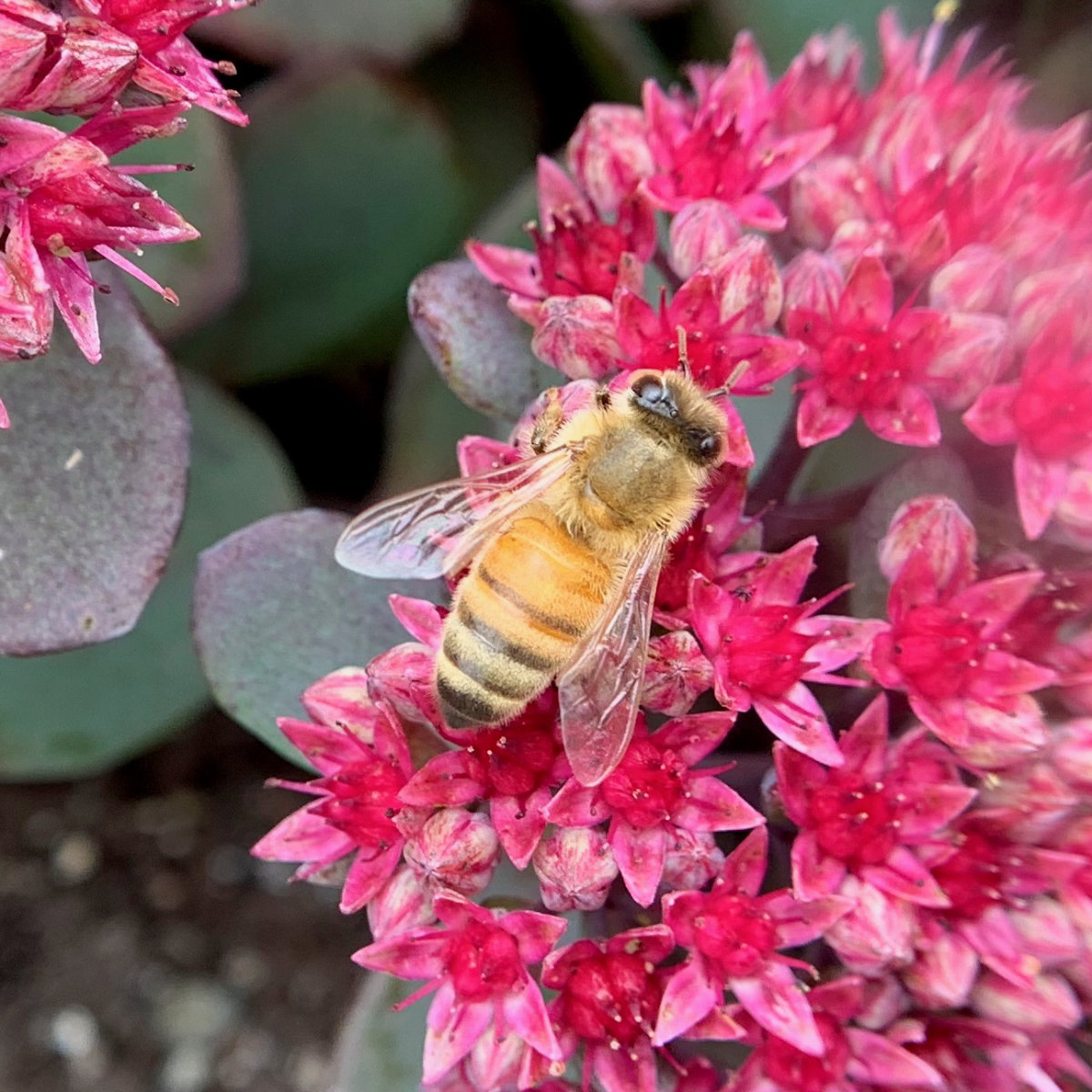

#Bloom and bee download#
Click it to open the PDF, then click the download icon to download the pattern.Īfter you download and print the PDF, go to the DIY Gnomes post and scroll down to the lower half of the post to read the instructions.

When you get into the library, look for the thumbnail photo of the gnomes. This will give you access to this pattern and all project downloads.
#Bloom and bee password#
You will then receive an email (in about 15 minutes) with a link and the password to log in to the free library.

You can download the free gnome pattern, if you subscribe to my GNOME email list.įind the GNOME newsletter sign-up form here.
#Bloom and bee how to#
Get lots of ideas, and learn how to make a basic gnome with this free gnome tutorial.įirst, create a gnome pattern or get our free version. If you have never made a gnome before, let’s start with the basics!

If you’d like to try making some yourself, get some ideas and inspiration, keep reading! How to Make Gnomes No surprise, gnome specialist Ruth Johnson jumped on this worthy sentiment and created this adorable line of Bee Kind Gnomes. It’s hard to say who started the play on words, but it’s clearly been fully embraced! It will make your own day shine in the process too.įor thoughts and ideas about how you can put more kindness to work in your own life, see this article from the This is Calmer web site. They encourage them to consider how kindness (or lack of it) can impact the world around them.Īt the most basic level, simple acts of kindness go a long way to making someone’s day brighter. The Be Kind Movement believes in embedding a culture of kindness in young minds early on. Probably because there is something very adorable about bees.īut the purpose of the Be Kind movement that started it all goes much deeper. Future monitoring studies can benefit from several simple methodological improvements.Īnthophila climate change global warming ground-nesting phenology pollinator seasonality weather.The Bee Kind craze is everywhere. Similar seasonal flexibilities in bee emergence and wildflower bloom schedules bodes well for bees and bloom to generally retain synchrony despite a warming climate. Emergence dates were relatable to thermal cues, such as degree day accumulation, soil temperature at nesting depth, and the first pulse of warm spring air temperatures. rubicundus emerged in close synchrony at multiple local aggregations, explicable if meteorological factors cue emergence. Calendar dates of earliest annual bee activity ranged across 25 to 45 days, approximating reported multi-decadal ranges for published wildflower bloom dates. This study reports direct observations spanning 12-24 years for annual variation in the earliest nesting or foraging activities by 1-4 populations of four native ground-nesting bees: Andrena fulva (Andrenidae), Halictus rubicundus (Halictidae), Habropoda laboriosa and Eucera ( Peponapis) pruinosa (Apidae). Resolving these competing scenarios requires evidence for bees' natural plasticity in their annual emergence schedules. Nonetheless, some posit that global warming will decouple bee flight and host bloom periods, leading to pollination shortfalls and bee declines. Short-term field experiments with non-social bees showed that adult emergence is responsive to nest substrate temperatures. Global warming is extending growing seasons in temperate zones, yielding earlier wildflower blooms.


 0 kommentar(er)
0 kommentar(er)
